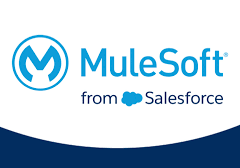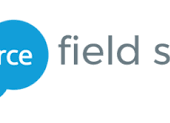With artificial Christmas trees and holiday inflatables already appearing alongside Halloween decorations at big-box retailers, (and in neighbors’ yards before the first drop of pumpkin spice has been sipped) it’s clear that the holiday season is beginning earlier than ever this year. However, according to a new forecast from Salesforce, the expected holiday sales boost may be somewhat modest.
Salesforce projects a 2 percent increase in overall sales for November and December, a slight drop from the 3 percent increase seen in 2023. The forecast highlights that consumers are facing higher debt due to elevated interest rates and inflation, which is likely to diminish their purchasing power compared to recent years.
About 40 percent of shoppers plan to cut back on spending this year, while just under half intend to maintain their current spending levels. Adding to the challenge is the brief holiday shopping window between Thanksgiving and Christmas this year—only 27 days, the shortest since 2019. This data comes from Salesforce’s analysis of over 1.5 billion global shoppers across 64 countries, with a focus on 12 key markets including the U.S., Canada, U.K., Germany, and France.
Shopping Trends and Strategies
In terms of shopping habits, bargain hunters are expected to turn to platforms like Temu, Shein, and other Chinese-owned apps, with nearly one in five holiday purchases anticipated from these sources. TikTok is seeing rapid growth as a sales platform, with a 24 percent increase in shoppers making purchases through the app since April.
For businesses, the focus on price is likely to intensify. Two-thirds of global shoppers will let cost dictate their shopping decisions this year, compared to 46 percent in 2020. Less than a third will prioritize product quality over price when selecting gifts.
This trend suggests a busy Black Friday and Cyber Monday, with two-thirds of shoppers planning to delay major purchases until Cyber Week to seek out bargains. Salesforce forecasts an average discount of 30 percent in the U.S. during this period.
Caila Schwartz, director of strategy and consumer insights at Salesforce, notes, “This season will be competitive, intense, and focused heavily on pricing and discounting strategies.”
Shipping and Technology Challenges
The shipping industry also poses a potential challenge, with container shipping costs becoming increasingly unstable. Brands and retailers are expected to incur an additional $197 billion in middle-mile expenses—a 97 percent increase from last year.
To counter the threat from discount online retailers, stores with online capabilities should enhance their in-store pickup options. Salesforce predicts that buy online, pick up in store (BOPIS) will account for up to one-third of online orders globally in the week leading up to Christmas.
Additionally, while still emerging, artificial intelligence (AI) is expected to play a role in holiday sales, with 18 percent of global orders influenced by predictive and generative AI, according to Salesforce.
As retailers navigate these complexities, strategic pricing and efficient logistics will be key to capturing consumer attention and driving holiday sales.













